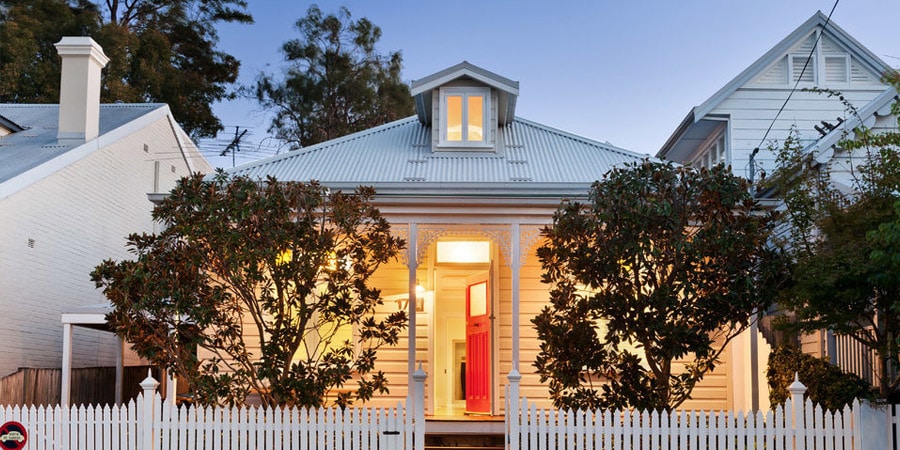The loan features you have to choose from are the same as those offered for conventional home loans. How many of these features will be available to you depends on whether you opt for a variable interest rate or a fixed interest rate. In general terms, fixed-rate loans offer less flexibility and come with fewer additional features than variable rate loans do, but offer greater stability in repayments.
If you think you may want to pay your loan off faster, a variable rate loan may be your best option, as many fixed-rate loans come with penalties or exit fees for early repayment. Many fixed-rate loans also limit or cap the additional payments you’re able to make to pay down your loan faster. Some of the main loan features to choose from include:
Repayment flexibility
Traditionally, investment loans are based on monthly repayments. However, making your loan repayments weekly or fortnightly instead can save you thousands of dollars over the life of the loan. When you’re comparing loans, look for an investment home loan that allows you to make more frequent repayments. Use this fortnightly and weekly mortgage repayment calculator to see how much you can save by making your loan repayments more frequently.
An offset account
This is an account linked to your investment home loan account which offsets the interest you are charged on your principal sum on a dollar-for-dollar basis. For example, if you have a loan of $380,000, but have $80,000 in your offset account, you’d only be charged interest on $300,000. Offset accounts on an investment property loan can shave thousands off the cost of interest on your loan and can help you pay your loan off more quickly by ensuring you have more available cash to make extra lump sum repayments. They’re widely available with variable rate loans and are becoming more common with fixed rate loans.
Lump sum repayments
Being able to pay off your loan faster using lump sum repayments is a feature usually only offered with variable rate loans. Many Australians use the windfall of a good tax return to pay it down faster. Use this lump sum repayment calculator to see how making additional lump sum repayments can shave years off the term of your loan and save you thousands in interest payments. The best investment home loans in Australia offer you maximum flexibility to pay your loan off as quickly as possible.
Redraw facility
A redraw facility only allows you to redraw any additional payments you may have made to pay your investment property loan off more quickly. It doesn’t allow you to increase the principal sum you originally borrowed. Again, this feature is usually only offered with variable interest rate loans. It may seem counter-intuitive to redraw the additional money you’ve put into your loan, but it can prove to be a cheaper option than taking out a car loan, or a personal loan in case of financial need, such as conducting repairs or renovations.











